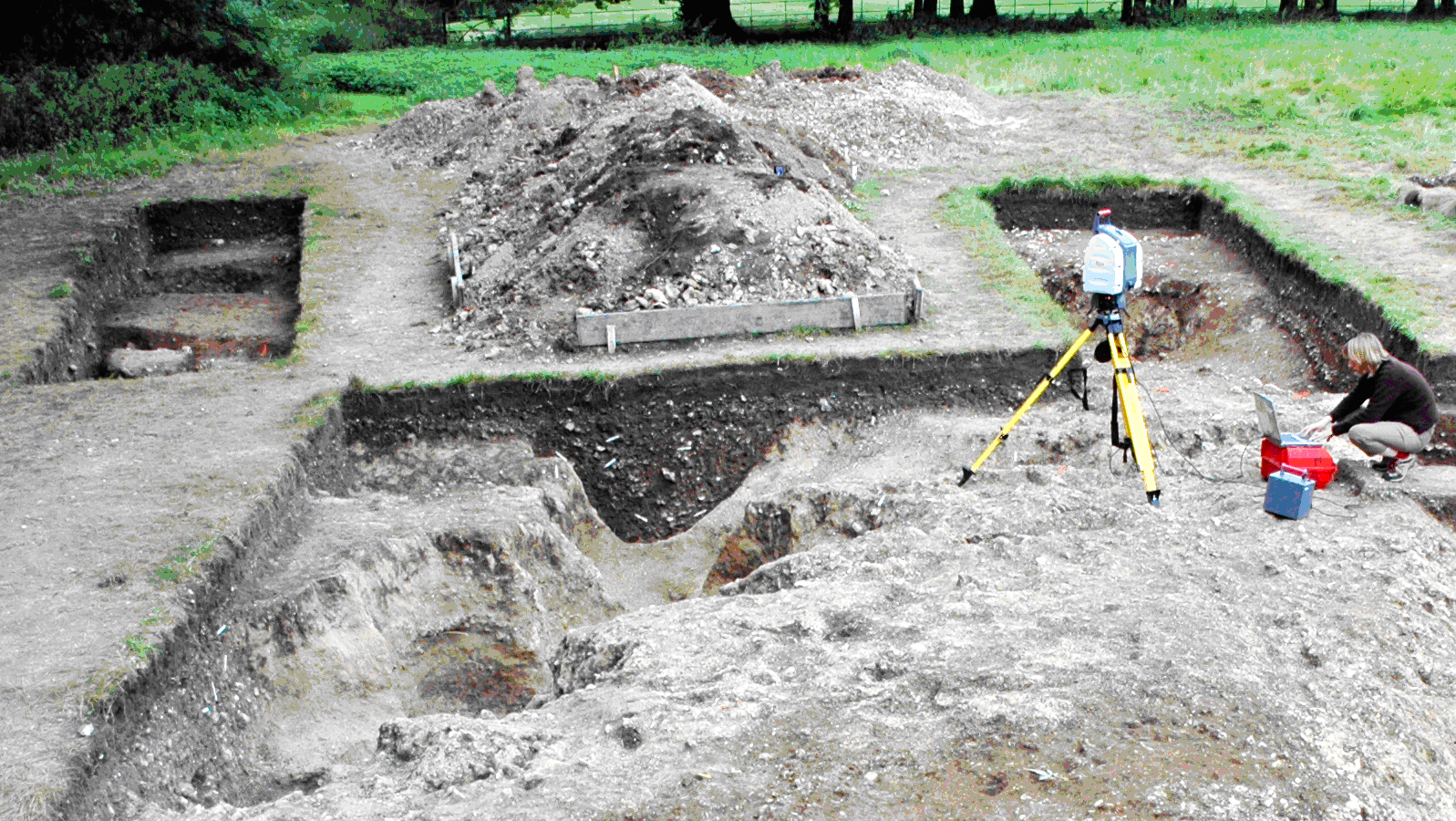 Archaeologists have discovered Stonehenge’s little sister, dubbed Bluestonehenge, just 2.8km away on the west bank of the River Avon.
Archaeologists have discovered Stonehenge’s little sister, dubbed Bluestonehenge, just 2.8km away on the west bank of the River Avon.
The site, once made up of 25 blue Preseli stones – hence it’s nickname – was constructed about 5,000 years ago. According to archaeologists from the Stonehenge Riverside Project, Bluestonehenge linked the ‘domain of the dead’ to that of the living at Durrington Walls further upstream, with the River Avon being the vital link between the two.
Archaeologists believe the stones represented the end of the Avenue that marked the funerary processional route from the River Avon to Stonehenge: no pottery, animal bones, food residues or flint tools associated with domestic life have been found at Bluestonehenge. 
Director of the project, Professor Mike Parker Pearson from the Department of Archaeology at the University of Sheffield, said: “It could be that Bluestonehenge was where the dead began their final journey to Stonehenge – Britain’s largest burial ground at that time. Maybe the bluestone circle is where people were cremated before their ashes were buried at Stonehenge itself.”

The stones at Bluestonehenge were dragged 150 miles from the Welsh mountains and set in a circle measuring 10m in diameter and surrounded by a ditch with an external bank – the henge. The outer henge was built c.2400 BC but arrowheads found in the stone circle suggest the stones were put up as much as 500 years earlier. It appears the stones were removed sometime during the Neolithic era, and some were then used up the road at Stonehenge when it underwent a major rebuild c.2500 BC. Archaeologists know that after this date Stonehenge consisted of about 80 Welsh stones and 83 local, sarsen stones so maybe some of the stones now standing at the centre of Stonehenge once stood on the banks of the River Avon. Tests to obtain radiocarbon dates from pickaxes made from deer antlers found at Bluestonehenge will give a more accurate picture of the sequence of events.
stones so maybe some of the stones now standing at the centre of Stonehenge once stood on the banks of the River Avon. Tests to obtain radiocarbon dates from pickaxes made from deer antlers found at Bluestonehenge will give a more accurate picture of the sequence of events.
Dr Josh Pollard, co-director from the University of Bristol explained: “The newly discovered circle and henge should be considered an integral part of Stonehenge rather than a separate monument, and it offers tremendous insight into the history of its famous neighbour. Its landscape location demonstrates once again the importance of the River Avon in Neolithic funerary rites and ceremonies.”
 Prof. Julian Thomas, co-director, added: “The implications of this discovery are immense. It is compelling evidence that this stretch of the River Avon was central to the religious lives of the people who built Stonehenge. Old theories about Stonehenge that do not explain the evident significance of the river will have to be re-thought.”
Prof. Julian Thomas, co-director, added: “The implications of this discovery are immense. It is compelling evidence that this stretch of the River Avon was central to the religious lives of the people who built Stonehenge. Old theories about Stonehenge that do not explain the evident significance of the river will have to be re-thought.”

Posted 6 October 2009
See CA 237 for feature article.



